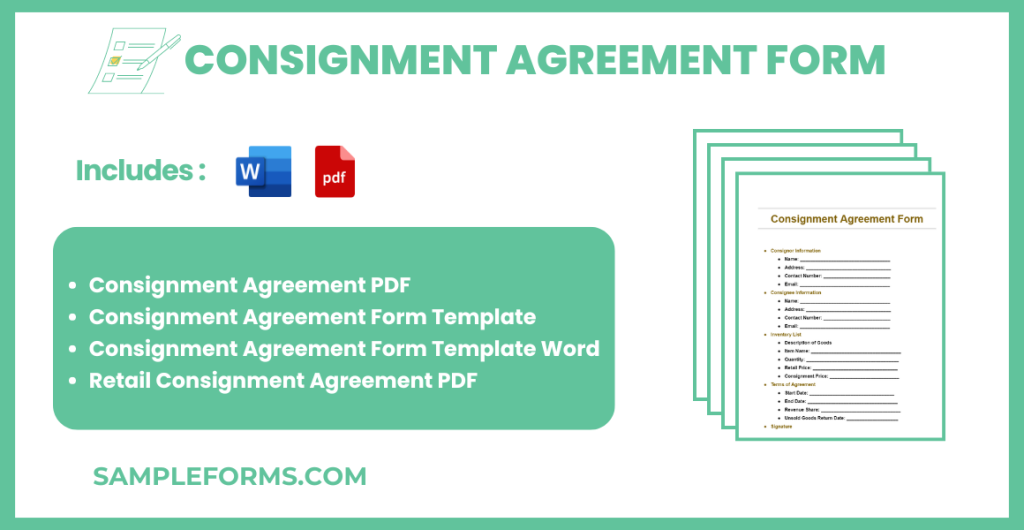
Navigating the realm of consignment can be complex, and the Consignment Agreement Form is a vital tool for ensuring a smooth transaction. This detailed guide provides in-depth examples and expert insights into crafting effective consignment agreements. By focusing on key terms such as Consignment Agreement and Agreement Form, we highlight how these documents facilitate a secure partnership between consignor and consignee, ensuring clear terms of engagement, payment details, and responsibilities. Whether you are a seasoned business owner or a novice in consignment sales, understanding these forms will help you manage your consignment operations more efficiently and protect your interests.

A Consignment Agreement Form outlines the terms under which one party (the consignor) provides goods to another party (the consignee) for sale. The consignee agrees to sell the goods on behalf of the consignor without taking ownership, earning a commission upon sale. This agreement specifies the payment structure, responsibilities, and liabilities of both parties, ensuring a clear understanding of each party’s duties. It is crucial for legally binding the consignee to handle the merchandise with care and account for sales accurately.
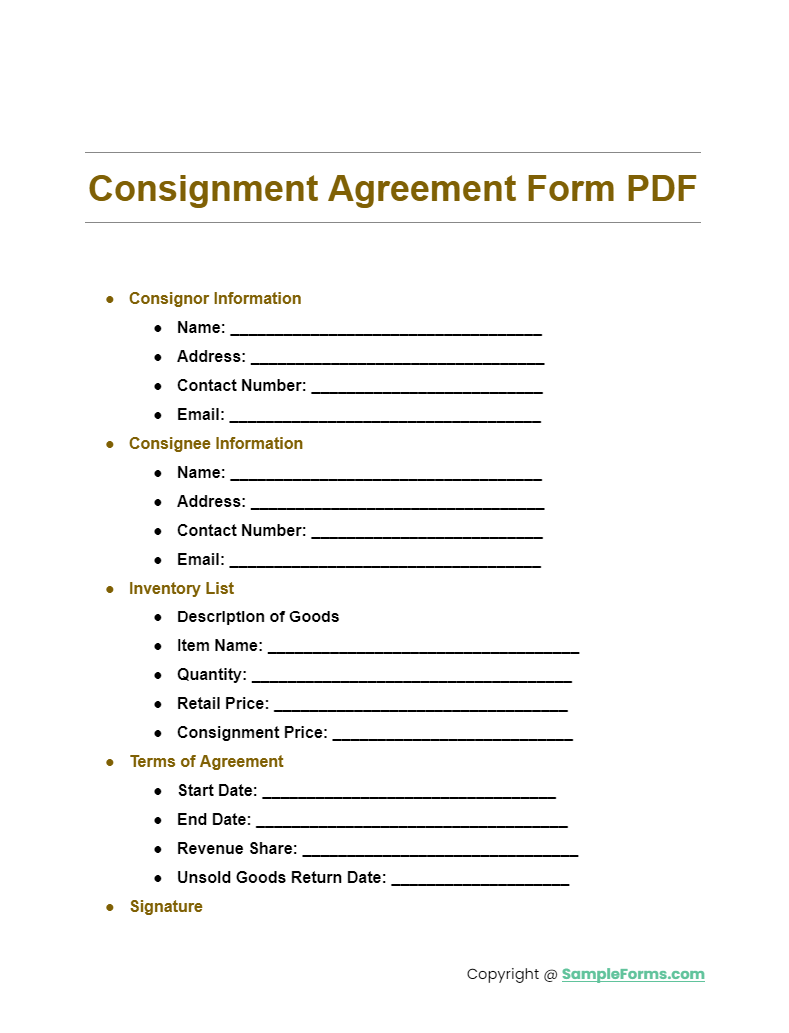
Download our detailed Consignment Agreement PDF tailored to ensure clarity in consignment operations, including elements similar to a Tenancy Agreement Form to outline duration and terms. You also browse our Lease Agreement Form
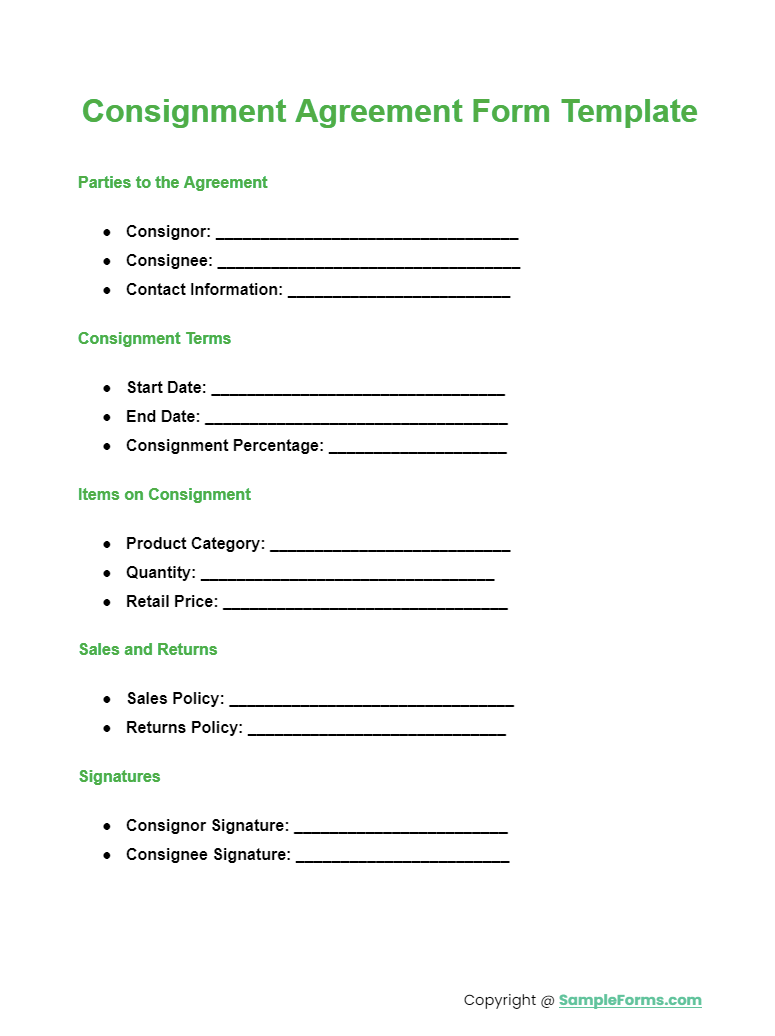
Utilize this versatile template to create tailored consignment agreements, incorporating structured components akin to a Business Agreement Form to specify roles and responsibilities clearly. You also browse our Hold Harmless Agreement Form
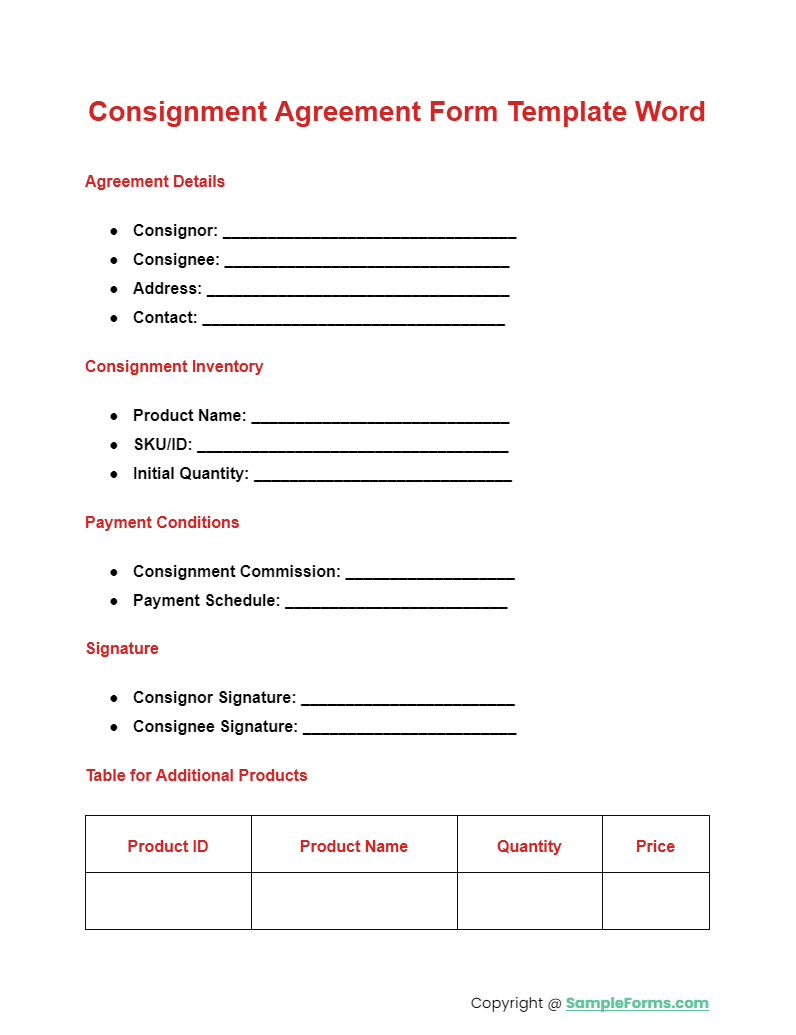
This Word template allows for easy customization of consignment terms, mirroring the adaptability of a Promissory Note Agreement Form to clearly define payment details. You also browse our Investment Agreement Form
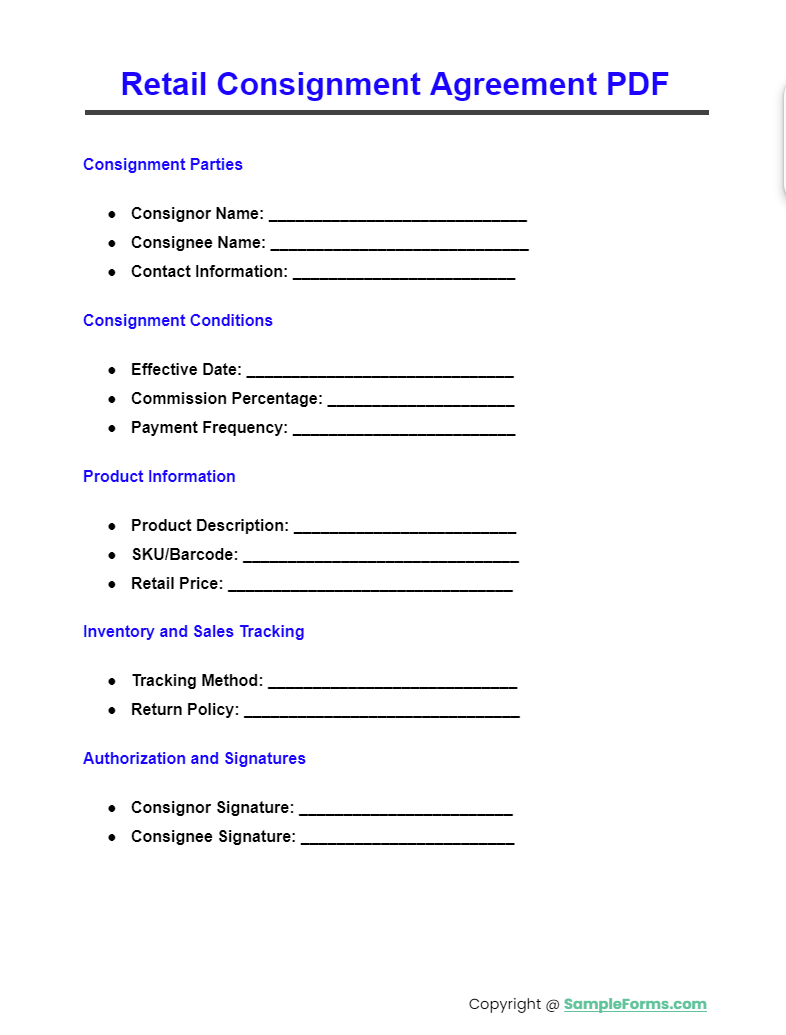
Designed specifically for retail settings, this PDF includes provisions similar to a Personal Loan Agreement Form, ensuring secure and clear financial arrangements between consignor and consignee. You also browse our Operating Agreement Form

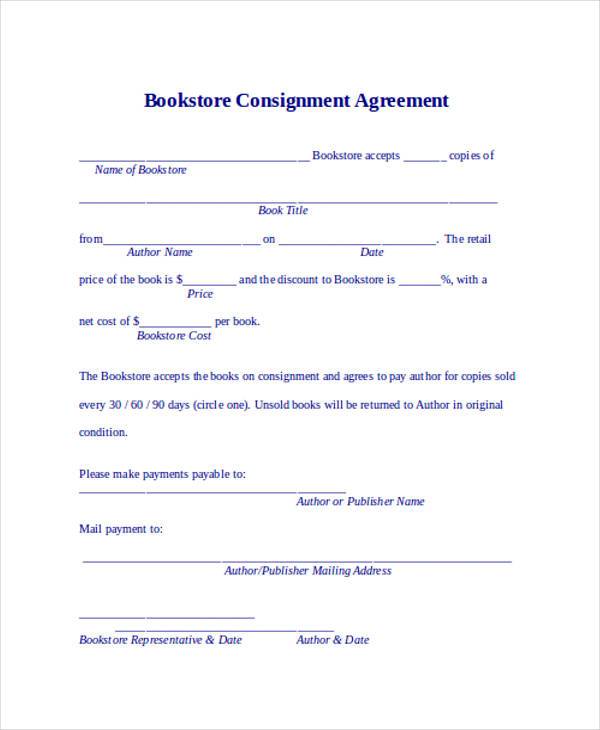
authoritypublishing.com
File Format
cdndata.co
File Format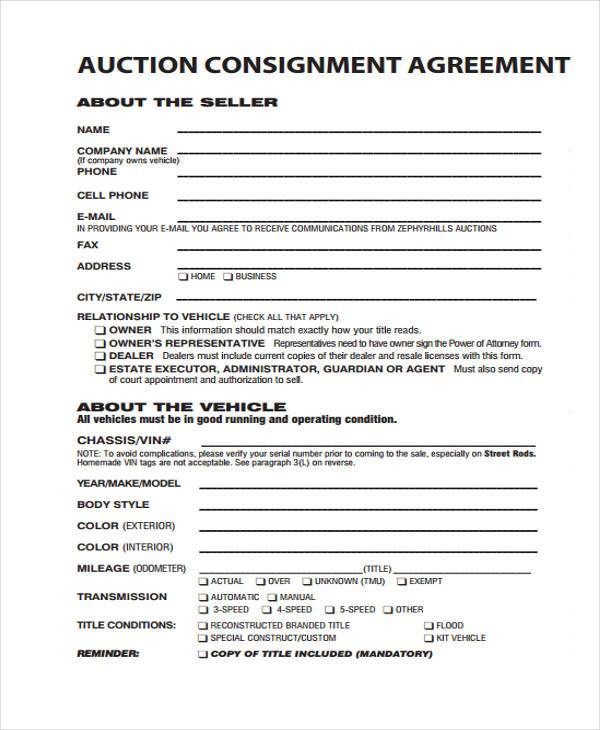
carlisleauctions.com
File Format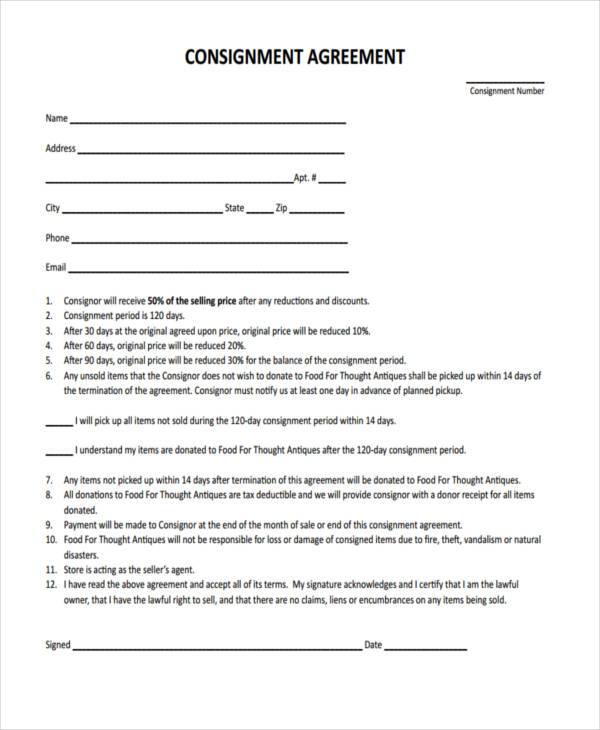
fftantiques.com
File Format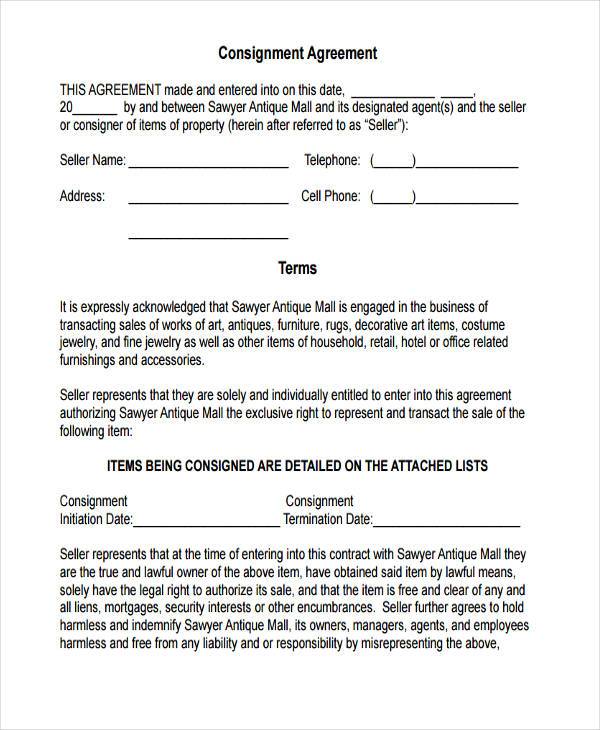
sawyer-antiques.com
File Format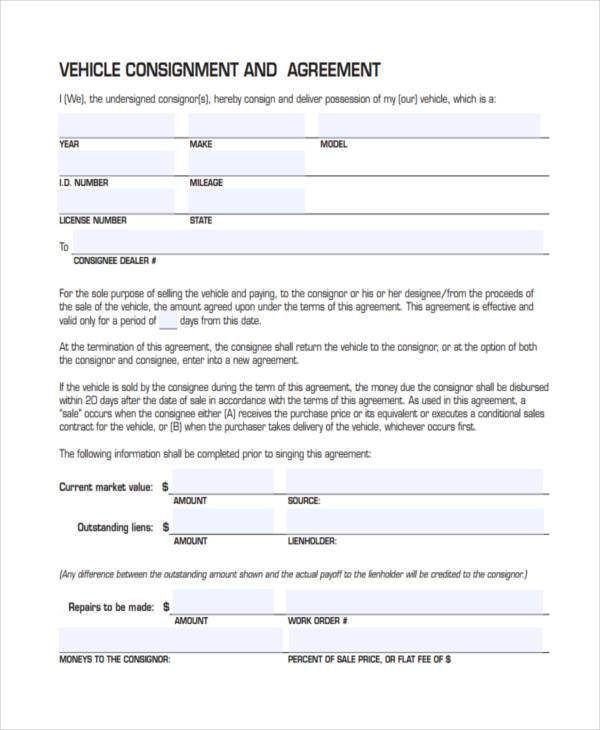
pictures.dealer.com
File Format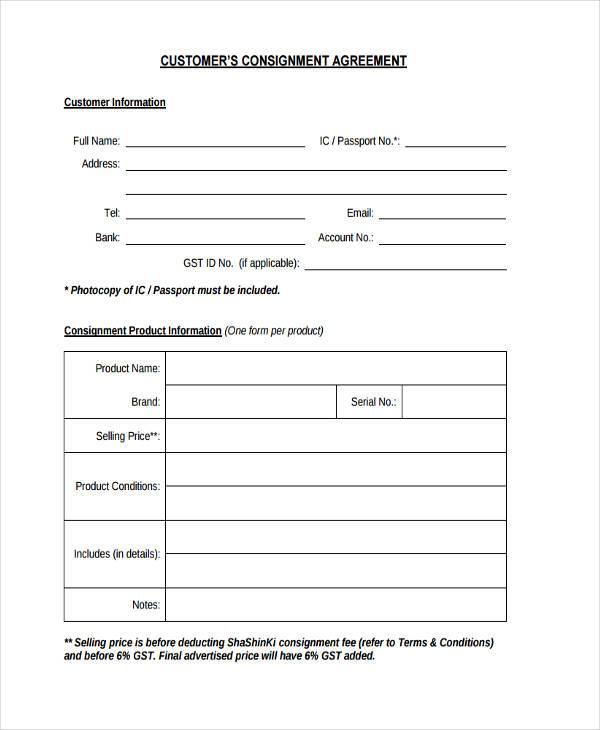
shashinki.com
File Format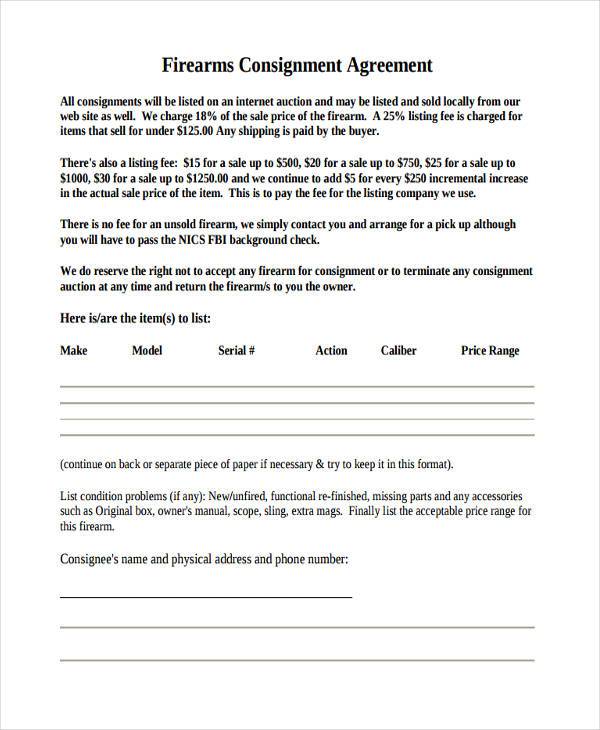
cbaent.com
File Format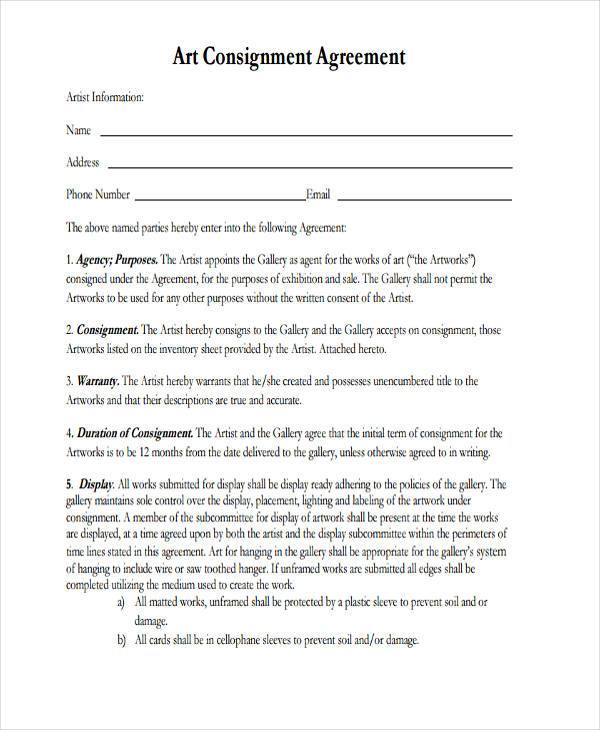
reddoorgallerywahpeton.com
File Format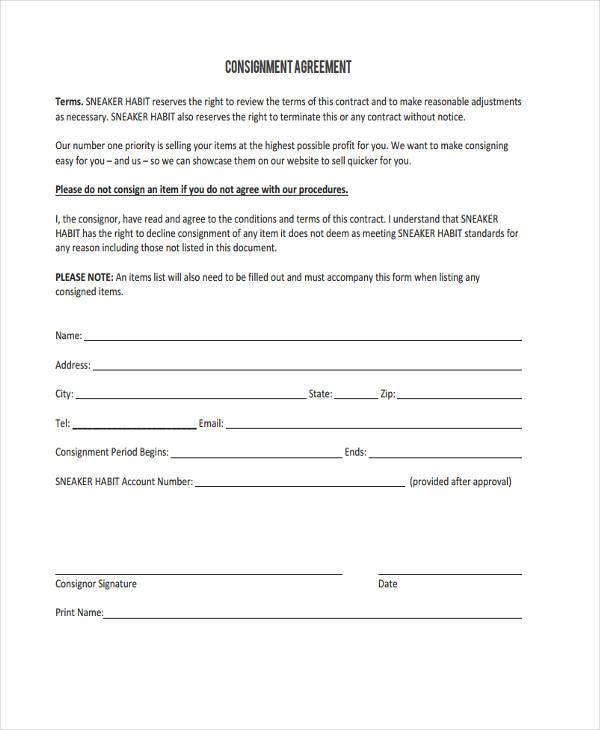
cdn.shopify.com
File Format
nascosales.com
File Format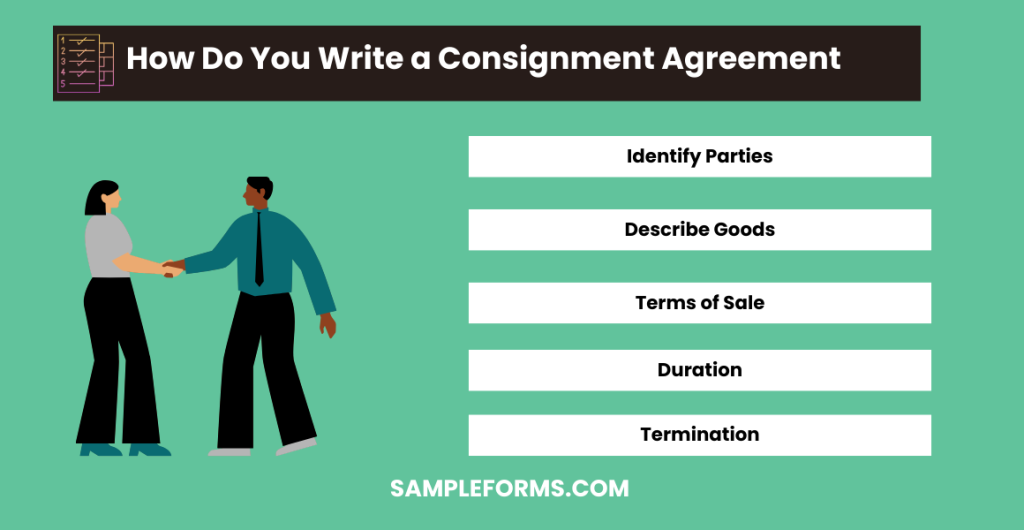
A consignment agreement outlines terms for selling goods on behalf of the owner.
Consignment involves placing goods with a third party to sell on your behalf.
Consignment can vary based on agreement and goods type.
Payment terms are crucial in a consignment agreement, ensuring fair compensation.
Effectively managing consignment sales is key to success.
Consignment agreements come with inherent risks and disadvantages.
Like all other General Agreement Forms, a Consignment Agreement is especially useful in providing tangible proof of evidence relating to the terms and conditions of the consignment. In a consignment arrangement, the consignee acts as the supplier for the consignor in order to provide goods to be sold to consumers. A Consignment Agreement helps to outline the fact that the goods remain to be the consignor’s legal property regardless of whether or not they are in the consignee’s possession. As soon as the merchandise is sold, the consumer then becomes the rightful owner of the product instead of the consignor. You also browse our Consulting Agreement Form
Another important reason for having a Consignment Agreement is for both the consignor and the consignee to maintain peaceful relations while conducting business together. A Consignment Agreement generally draws up the terms and conditions that both parties need to abide by, such as the division of sales. Some consignees demand for a sixty-forty division of proceeds, other at fifty-fifty. The division of sale percentage will typically depend on the negotiations between the consignor and the consignee. You also browse our Advertising Agreement Form
Issue a Time Frame
Providing a time frame in your Consignment Agreement will help benefit both the consignor and consignee. A time frame will allow the consignee to return the consigned items back to the consignor if they do not sell so as not to overburden the store with items that are stagnant, and so that the consignor can move the items to a different consignee who can market and sell the items quicker. You also browse our Volunteer Agreement Form
Set Up Terms for Unsold Merchandise
Most unsold merchandise are typically returned to the consignor while others are donated to charity. Be sure to properly outline the terms for any product that remains unsold after the specified time frame. You also browse our Management Agreement Form
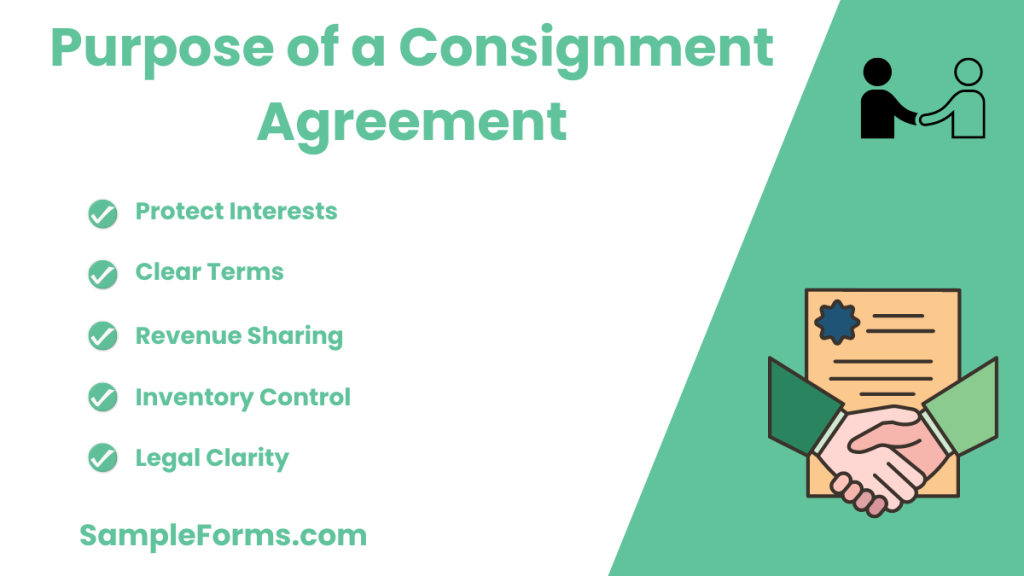
A consignment agreement secures terms and conditions for both consignor and consignee.
Consignment can be worthwhile, offering inventory flexibility and lower upfront costs, akin to a Vendor Agreement Form for managing business relationships. You also browse our Apartment Rental Agreement Form
Typically, the consignor prepares the consignment note, detailing the goods sent, similar to a Service Level Agreement Form specifying service terms. You also browse our Lottery Agreement Form
A consignment document formalizes the agreement between consignor and consignee to sell goods on consignment, similar to a Rental Agreement Form outlining rental terms. You also browse our Landlord Agreement Form
Most consignment shops take a 25-60% commission on sales, akin to a Training Agreement Form where services are exchanged for a fee. You also browse our Contractor Agreement Form
The consignee is the party responsible for selling the goods, holding a role similar to that in a Construction Agreement Form, overseeing project execution. You also browse our Land Agreement Form
Consignment risks include unsold inventory, dependency on the consignee’s performance, and potential loss or damage, similar to risks outlined in a Loan Agreement Form.
Consignment profitability can vary widely, influenced by factors like market demand, consignment rates, and operational efficiency, akin to evaluating profitability in a Land Purchase Agreement Form.
Explore our comprehensive resources for Consignment Agreement Forms, complete with samples, detailed form templates, and usage guidelines. These tools are essential for crafting effective agreements, similar to creating a Residential Agreement Form, to safeguard your transactions and consignment relationships.